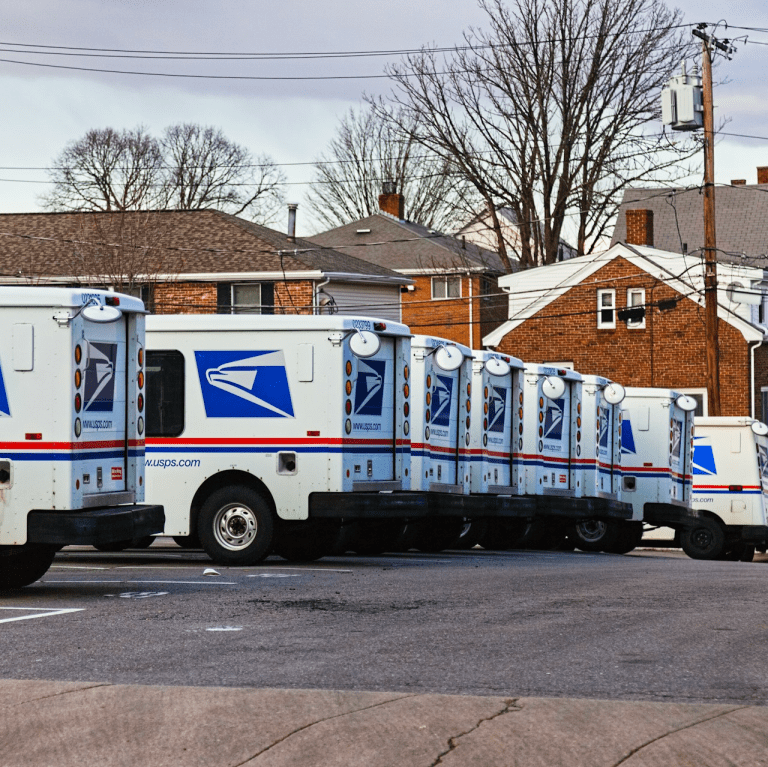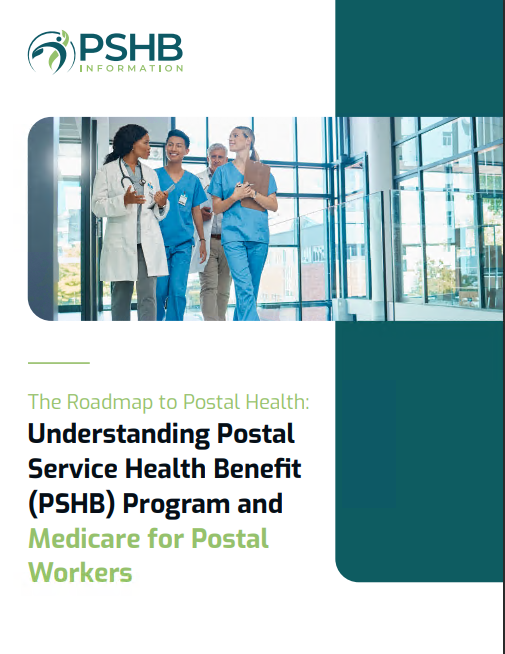Key Takeaways
-
Medicare Part B has costs and coverage nuances that differ significantly from PSHB coverage, so knowing these differences helps avoid unexpected expenses.
-
Coordination between Medicare Part B and your PSHB plan can provide significant savings, making it essential to understand precisely how both work together.
Unpacking the Medicare Part B Mystery for USPS Employees
As a USPS employee or retiree, you’re probably accustomed to how the Postal Service Health Benefits (PSHB) works. But when Medicare Part B enters the picture, it can seem a bit confusing, or at least quite different from your expectations. Medicare Part B isn’t just a simple add-on—it’s a different ballgame altogether. Here’s what you need to know to avoid any costly surprises.
1. Medicare Part B Isn’t Free
If you’ve been thinking Medicare Part B might automatically kick in without extra costs, think again. Part B requires you to pay monthly premiums, and they’re not always small. For 2025, the standard monthly Part B premium is $185, but if your income is higher, the premium can increase significantly due to IRMAA (Income-Related Monthly Adjustment Amount).
Knowing this can help you budget effectively, especially since these costs are separate from your PSHB plan premiums.
2. Deductibles Can Catch You Off-Guard
With PSHB, you’re used to specific deductibles based on your chosen plan. Medicare Part B, however, has its own deductible, currently $257 for the year 2025. Before Medicare pays its share, you’re responsible for paying this deductible out of pocket.
This may seem minor, but it’s important because it resets every calendar year. Be prepared to meet this deductible annually before you can benefit fully from Part B’s coverage.
3. Coinsurance Isn’t Always Straightforward
Under your PSHB plan, you might be accustomed to fixed copayments. Medicare Part B operates differently, typically covering 80% of approved costs, leaving you to cover the remaining 20%—this is known as coinsurance. There’s no cap on this 20%, meaning high medical costs could lead to substantial out-of-pocket expenses.
PSHB plans often cover this 20% coinsurance fully or partially, depending on the plan you choose. It’s crucial to verify exactly how your PSHB plan interacts with Medicare Part B to avoid surprises.
4. Medicare Part B Premium Penalties Last a Lifetime
One major surprise for USPS retirees can be Medicare’s permanent late enrollment penalty. If you’re eligible but delay signing up for Part B without valid coverage (like ongoing employment-based coverage), you’ll face a penalty. This penalty is 10% for each full 12-month period you delay enrollment.
Unlike penalties in other areas of insurance, this one is permanent—meaning you’ll pay extra for your Part B premium as long as you’re enrolled in Medicare. Avoiding this penalty involves timely enrollment, typically during your Initial Enrollment Period around your 65th birthday or when retiring from USPS.
5. Coverage Gaps Might Appear
Medicare Part B primarily covers outpatient medical services, doctor’s visits, preventive care, and certain home health services. However, it doesn’t cover everything. Notably missing from Part B are dental care, hearing aids, routine vision exams, and most prescription drugs.
These gaps mean you’ll either rely on your PSHB coverage or face out-of-pocket costs. Double-checking your current PSHB plan during the Open Season (November to December each year) ensures your healthcare coverage complements Medicare Part B effectively.
6. IRMAA: Higher Income Means Higher Costs
Another surprise USPS employees and retirees face is the Income-Related Monthly Adjustment Amount (IRMAA). This adjustment affects individuals earning more than $106,000 annually ($212,000 for couples) based on tax returns from two years prior.
These IRMAA charges can substantially raise your Part B premiums. Staying informed about your income level and potential IRMAA impacts allows you to plan financially. If your income significantly changes, contact Social Security promptly to potentially reduce your premiums.
7. Medicare Part B and PSHB Coordination Can Save Money
Here’s a pleasant surprise: combining Medicare Part B with your PSHB can lead to substantial savings. Many PSHB plans reduce or waive deductibles and copayments for services covered by Medicare Part B. Some plans even reimburse a portion of your Medicare Part B premiums.
To fully benefit from these savings, it’s essential to choose a PSHB plan tailored specifically for Medicare coordination. During the annual Open Season, comparing these options carefully can significantly enhance your healthcare cost efficiency.
Making Medicare Part B and PSHB Work Together
Integrating Medicare Part B with PSHB coverage is not automatic. It requires understanding both plans’ specifics. PSHB plans often provide additional benefits designed explicitly for Medicare participants, including lower deductibles, reduced coinsurance, and better prescription drug coverage through Medicare Part D Employer Group Waiver Plans (EGWPs).
Take advantage of these offerings by reviewing plan details each year. Your PSHB plan provider sends out annual notices detailing these changes, typically by early November, giving you ample time to assess your needs.
Critical Enrollment Timelines for USPS Retirees
Timing matters greatly with Medicare Part B. Missing crucial deadlines can have costly repercussions. Here are the essential timelines to remember:
-
Initial Enrollment Period (IEP): Begins three months before your 65th birthday, includes your birth month, and continues for three months afterward.
-
Special Enrollment Period (SEP): If you work past 65 and remain covered under USPS employer health coverage, you have an 8-month SEP after retirement to enroll penalty-free.
-
General Enrollment Period (GEP): Runs annually from January 1 to March 31 if you missed earlier enrollment periods, but coverage doesn’t start until July 1.
Knowing these timelines ensures you enroll at the optimal time, avoiding permanent penalties and coverage gaps.
Smart Moves for Avoiding Medicare Part B Cost Surprises
Stay ahead by keeping these strategies in mind:
-
Review Annual Notices: Carefully read your Annual Notice of Change from your PSHB plan every November.
-
Understand Coordination Benefits: Ensure your PSHB plan aligns well with Medicare Part B.
-
Check Income Levels Regularly: Be aware of income thresholds that trigger IRMAA to avoid unexpected premium hikes.
-
Monitor Medicare Premium Costs: Keep track of yearly changes to premiums, deductibles, and coverage gaps.
Getting Professional Advice Matters
Navigating Medicare Part B costs alongside your PSHB plan can be tricky, even overwhelming at times. Fortunately, you don’t need to go through this alone. Consulting a licensed agent listed on this website can simplify your decision-making process, ensuring you make informed choices that protect your healthcare and finances in retirement.
Stay Ahead of Medicare Part B Costs
Understanding these seven unexpected ways Medicare Part B costs differ from your PSHB plan is essential. By staying proactive, you can effectively manage your healthcare expenses, prevent surprises, and take full advantage of the benefits available to USPS employees and retirees.









